When it comes to growing your startup, there are many different ways you can approach the subject. But when I think about growth, my favourite mental model is the flywheel.
Unlike a marketing funnel where you’re constantly feeding the top of it, a flywheel is something that gets stronger over time. The more you invest in it, the faster it starts spinning.
Using this flywheel model, we’ve been able to scale Snappa to $1M USD in ARR in just over 4 years. We’ve done this without taking any outside funding or spending any money on paid advertising.
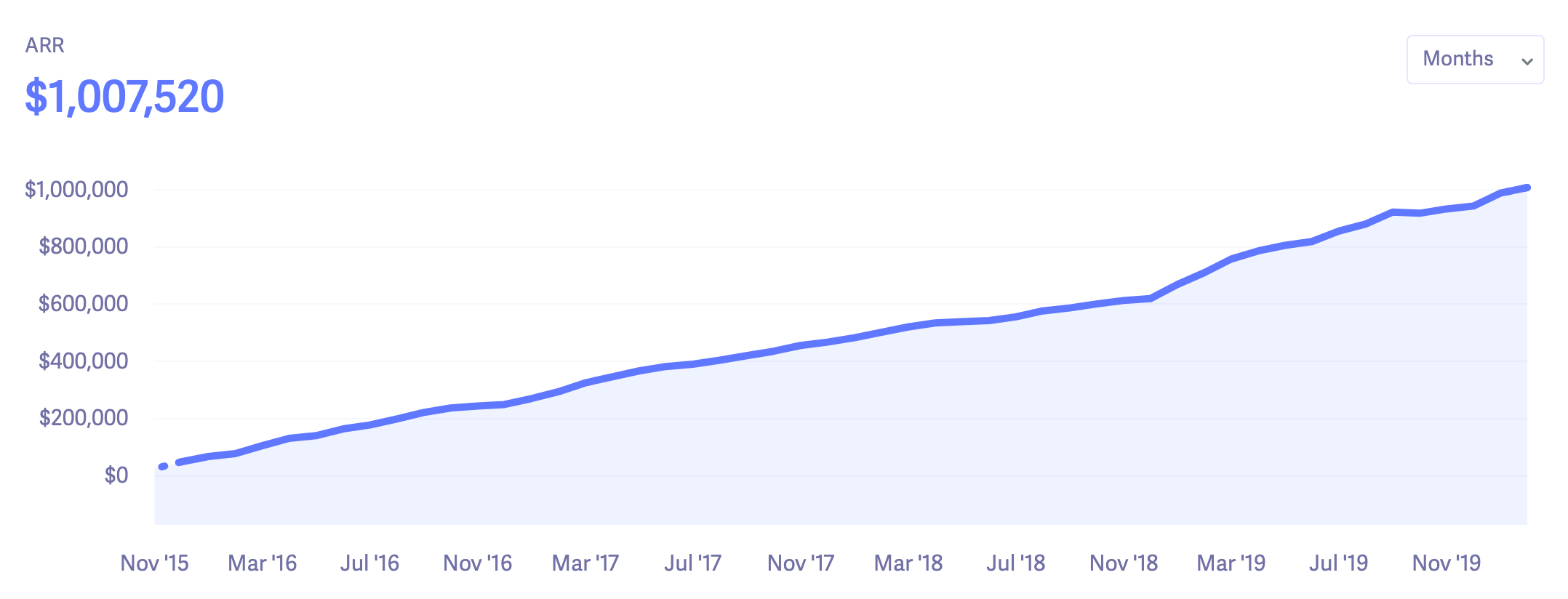
In this article, I’m going to share the exact process we used to scale up our business in a very sustainable way.
Early Traction
When we first launched Snappa, we were fortunate to get traction right out of the gate. That’s because we had already built a free stock photo site that we used to promote our product. This worked extremely well in the early days of our business and accounted for the majority of our signups.
However, as time went on, our traffic began to plateau. Here’s what our traffic looked like 1 year into Snappa:
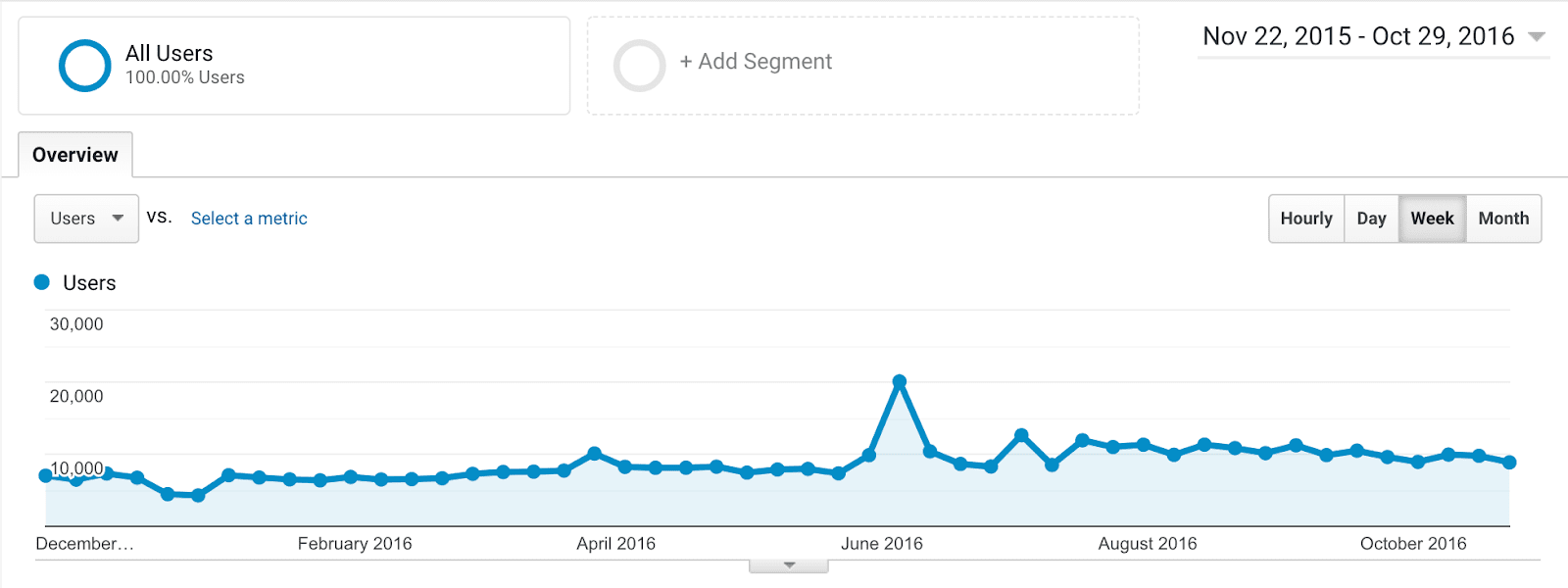
We knew that if nothing changed, our churn would eventually catch up to us and the business would start to plateau. At this point, we began searching for another marketing channel that would help us scale the business.
Finding Our Core Channel
With so many marketing channels to choose from, it can be difficult to know where to begin. When we were thinking of how to scale our business, we turned to the Bullseye Framework popularized by Gabriel Weinberg.
Like most things in life, marketing often follows the Pareto Principle whereby one or two channels produce the majority of the results for your business. Therefore, it generally makes sense to focus intensely on one or two core channels rather than pursuing various different channels haphazardly.
Using this framework, we listed out all the marketing channels available then began filtering through those that were most likely to work given the unit economics of our business.

Since Snappa is a freemium product with a relatively low lifetime value (when compared to more enterprise level SaaS products), it was easy to rule out expensive and time consuming channels like conferences and trade shows.
From there, we evaluated the remaining channels in the context of a flywheel. Specifically, we asked ourselves whether or not the channel could scale and get stronger over time.
Eventually, we zeroed in on content marketing and SEO. Given that they were “free” channels with plenty of opportunity to scale, we felt they would be perfect for the unit economics of our business.
Testing our Channel
When we first started writing blog content, we made the mistake of writing generic content that wasn’t highly aligned with our target audience. For example, we wrote posts about lead magnets and marketing principles.
Our thesis at the time was that Snappa’s a valuable tool for marketers and therefore anything related to marketing would work well. This turned out to be a bad strategy since our content wasn’t standing out and it wasn’t driving signups to the product.
Eventually we took a step back and asked ourselves the following question:
What were people using Snappa for?
We then started plugging in all the various use cases into the AHREFs keyword explorer. When we entered “Twitter header” for example, we discovered that thousands of people were searching for “Twitter header size.”
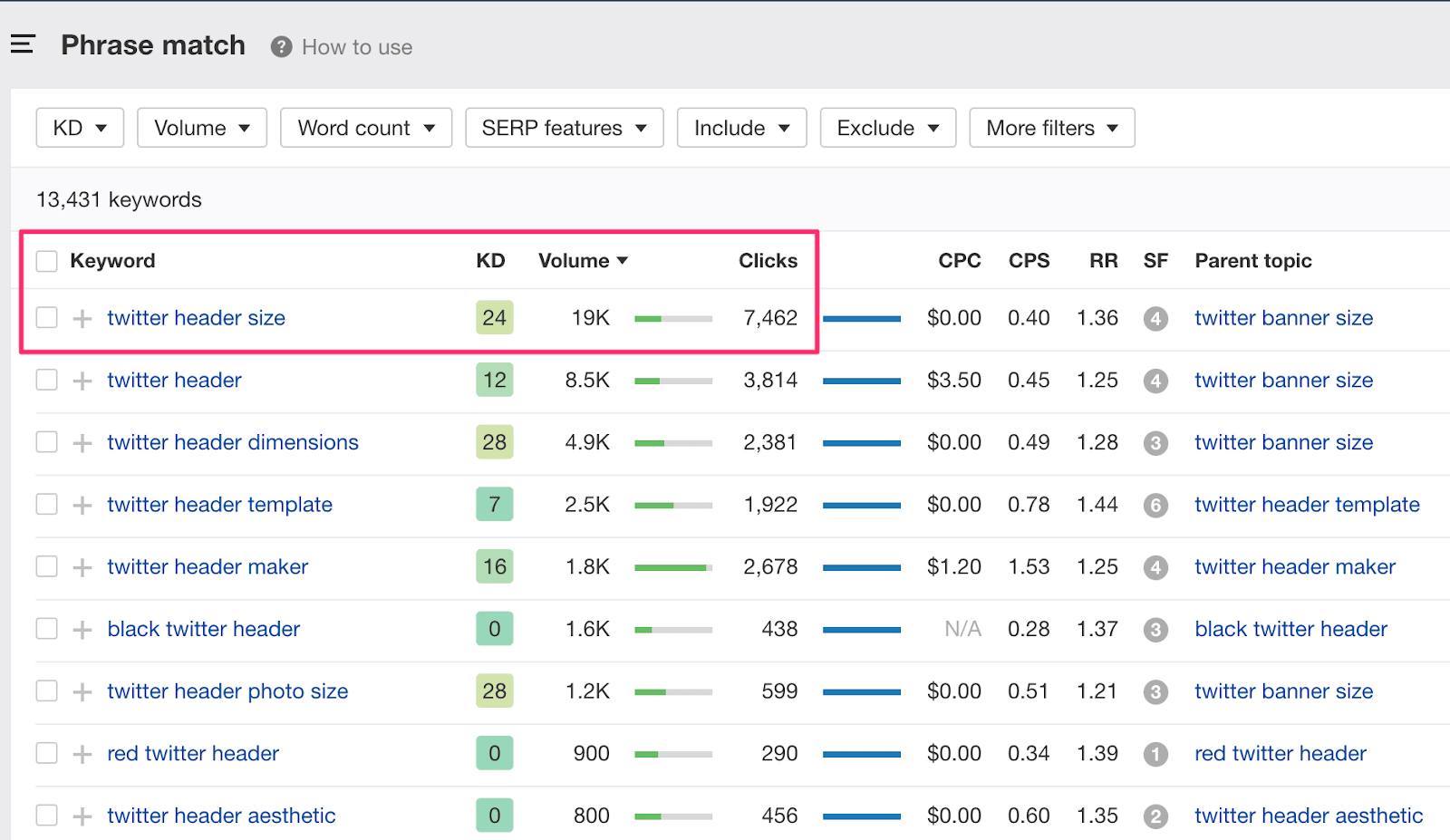
We then hypothesized that if someone is searching for the proper dimensions of a Twitter header, some percentage of those people might also need a tool to create one. As a result, we buckled down and wrote a detailed blog post outlining the proper Twitter header size and best practices.
After promoting it to our email list and landing a few backlinks, the post started ranking on the first page of Google just a few months later.
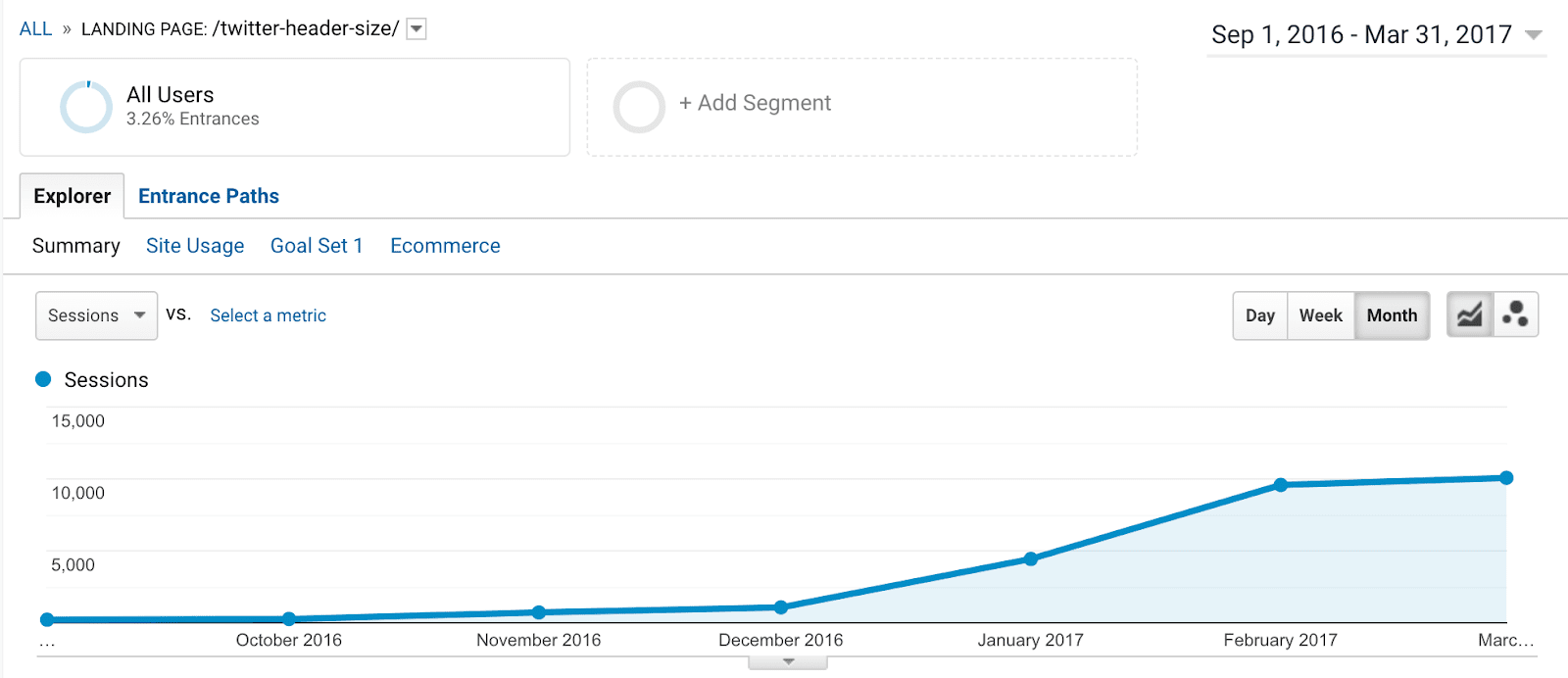
In order to drive signups, we added a highlighted section after the introduction with a call to action to try our product. This converted readers of the article into users of our product.

Once we saw the success of this post, we doubled down and created other pieces of content covering the numerous use cases that Snappa addresses. The goal was to continue creating evergreen content that was highly aligned with the product we were selling.
Beyond Blog Posts
In addition to blog posts, we also saw an opportunity to further capitalize on SEO by creating targeted landing pages for the key use cases of Snappa. As you can see from the screenshot in the previous section, people were also searching for things like “Twitter header template” and “Twitter header maker.”
In order to capture this search volume, we created dedicated landing pages on our site targeting these types of keywords. For example, we have a page on our site for YouTube thumbnail templates as well as a page targeting YouTube thumbnail maker. We then interlink all of the related blog posts and landing pages together so that they strengthen one another.
Here’s an example of how these various use cases are interlinked:
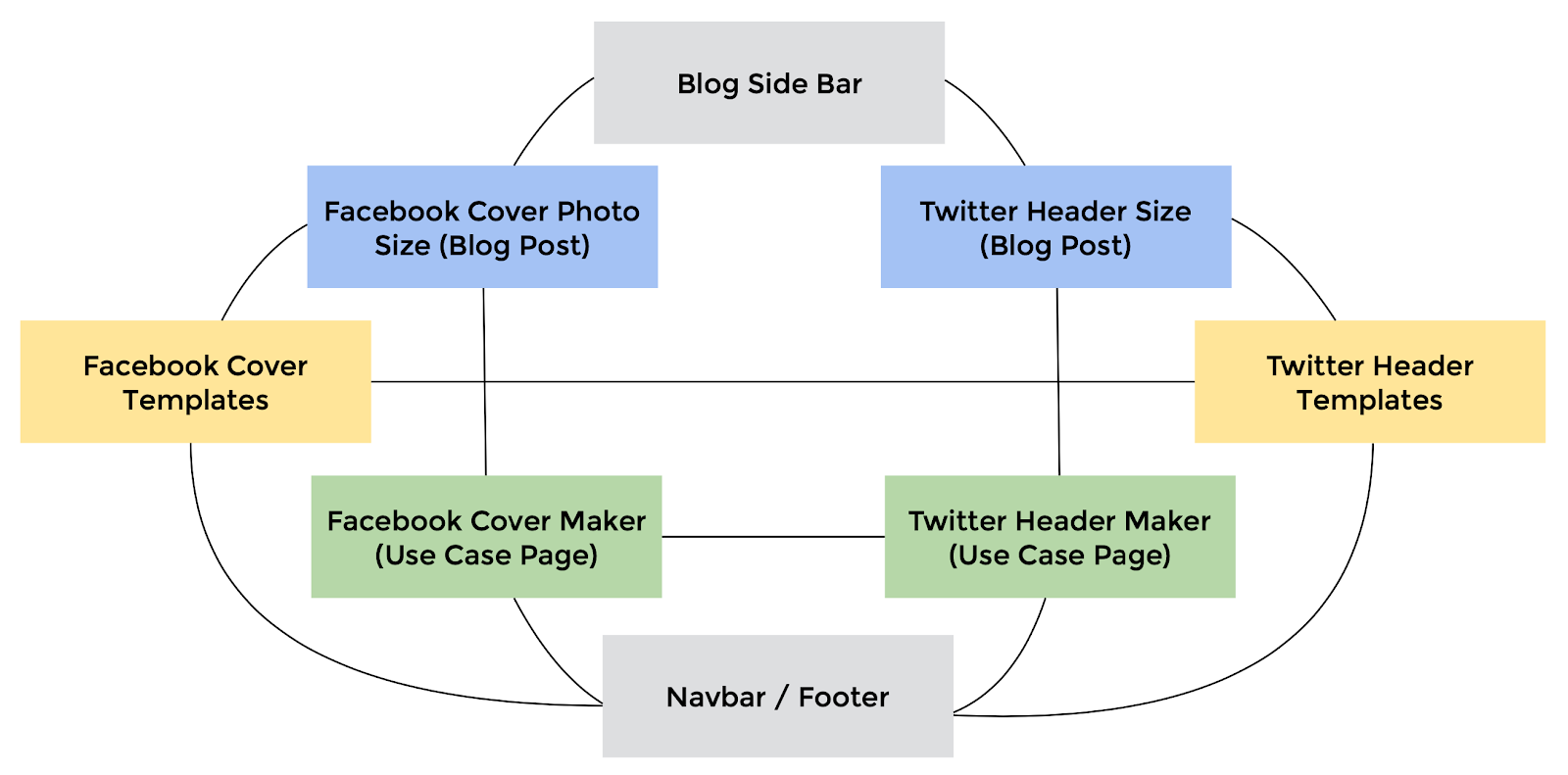
If we get backlinks to our Twitter header size blog post for example, we will also pass on authority to our Twitter header maker and Twitter header template pages.
Our Flywheel in Action
As I mentioned already, the beauty of a flywheel is that it gets stronger over time. If you think about each particular piece of content or landing page in isolation, it’s not super exciting. However, once you realize that each piece of content and landing page reinforce one another, the power of the flywheel is evident.
If one of your posts starts ranking and generates backlinks, that will increase your overall domain authority. As your overall domain authority increases, your blog posts, landing pages, and “money keywords” will rank more easily.
This will lead to more people finding out about your product and spreading the word to their own circle of friends and colleagues.
This beautiful virtuous cycle can be illustrated as follows:
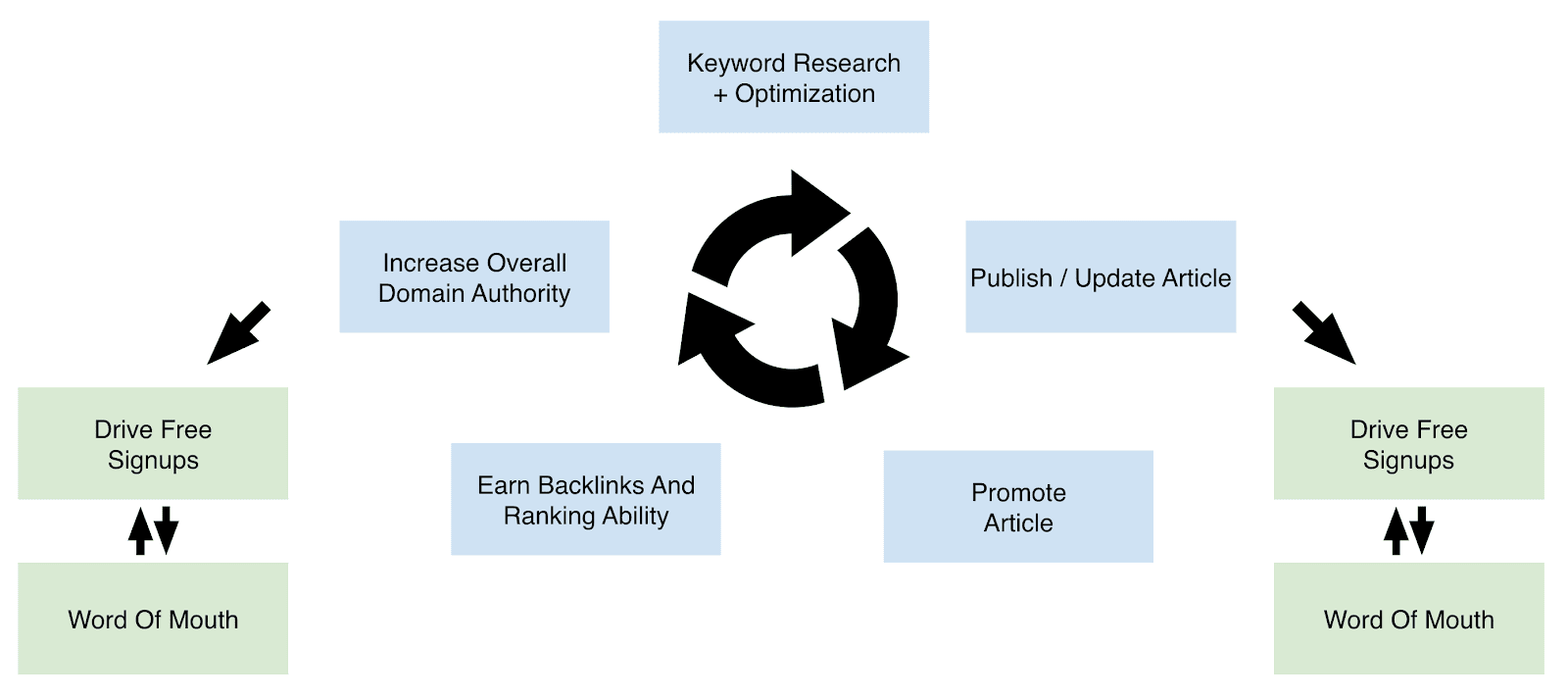
Wrapping Up
As you can see, the marketing flywheel we’ve developed is a very sustainable way that we can keep growing our business.
As we continue to publish new forms of content and create additional landing pages, we should continue to benefit from the initial investment over many years to come.
 I’m Christopher Gimmer. I’m an entrepreneur and the co-founder of
I’m Christopher Gimmer. I’m an entrepreneur and the co-founder of